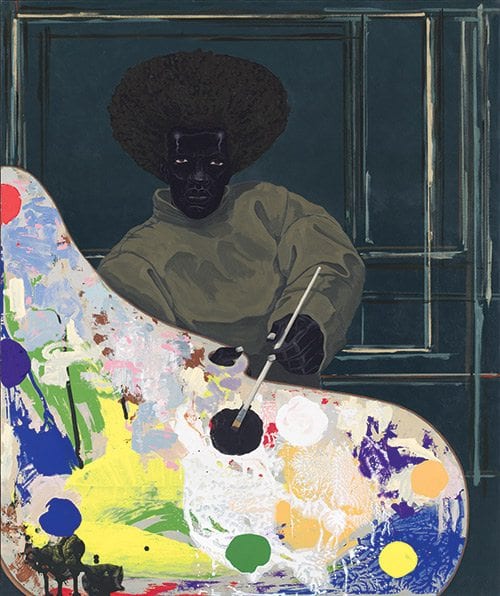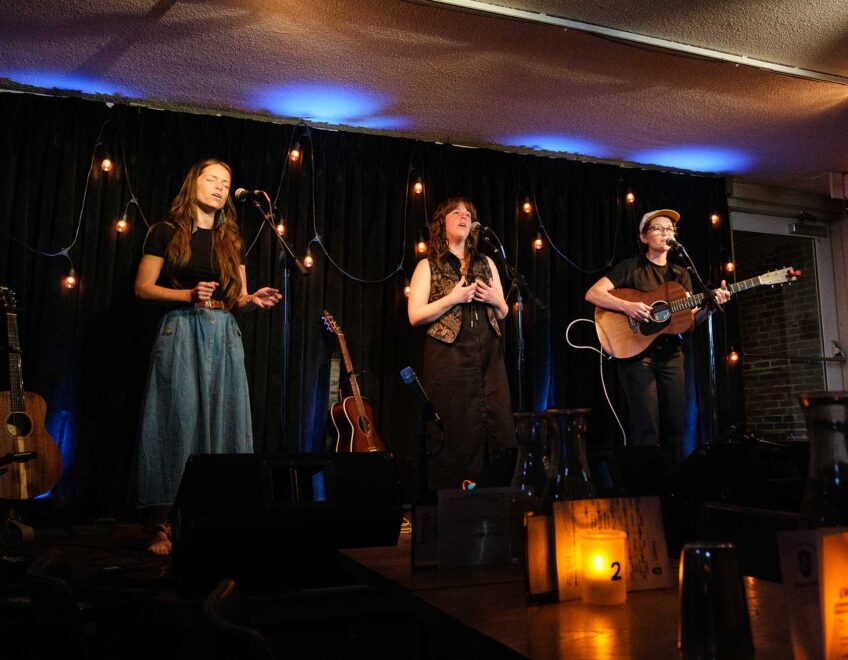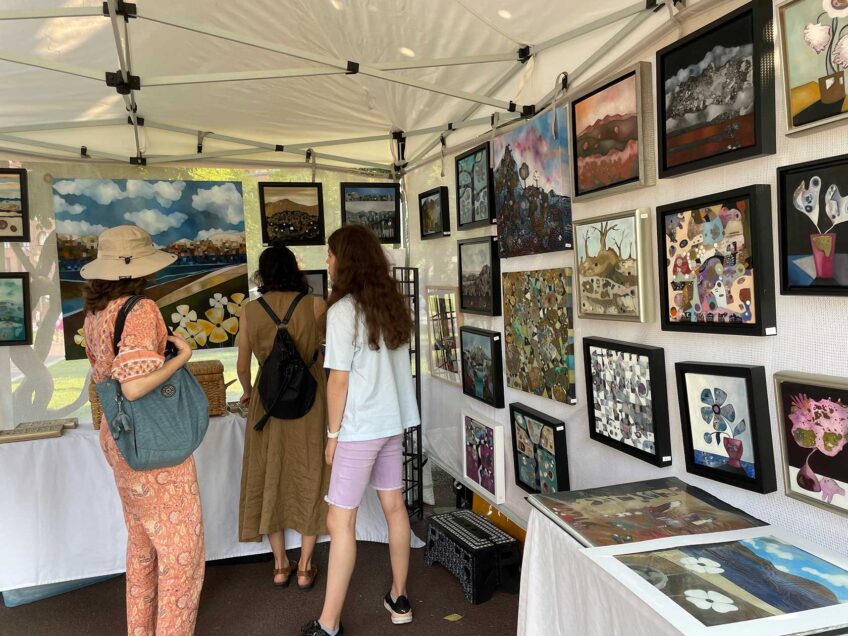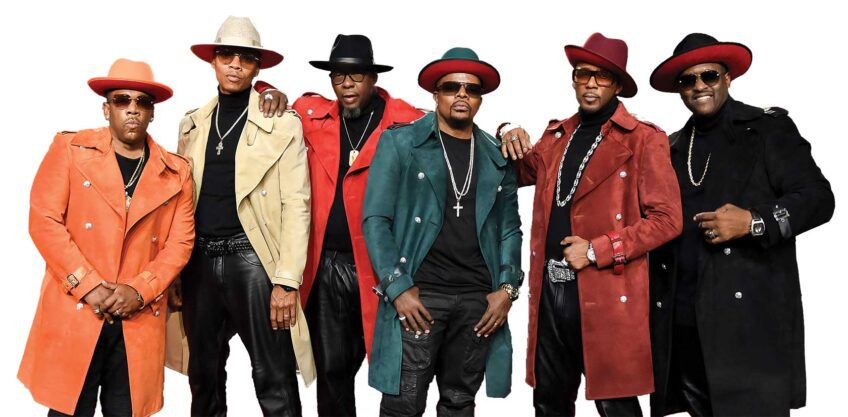

The Harvard Art Museums during the recent renovation and expansion, showing the Calderwood Courtyard and a new glass roof.
A glass pyramid has risen just east of Harvard Square in Cambridge. The gleaming structure surrounds and expands the venerable brick building on Quincy Street formerly known as the Fogg Art Museum, and now the new home of the Harvard Art Museums.
Bringing Harvard University’s Fogg, Busch-Reisinger and Arthur M. Sackler Museums under one roof, the complex opened Nov. 16 after eight years of construction and renovation. Designed by the Renzo Piano Building Workshop and described by Piano as “a big glazed lantern open to the city and to the light,” the museum creates a luminous space for close-up encounters with art.
Entering the museum from its traditional Quincy Street doorway, a visitor finds a familiar scene, the Calderwood Courtyard, an open space with tables and chairs that was inspired by a piazza in an Italian town. Yet its stone columns appear cleaner and brighter than before. Overhead is its new source of light, a dazzling five-level arcade of glass capped by a crystalline rooftop. The core element of a renovation that complies with LEED Gold industry standards for sustainable energy usage, the atrium unites and exposes all five above-ground levels of the museum in its inviting stream of natural light.
Equipped with a shop and a café and open to visitors without charge, the courtyard now links the museum to its neighborhood with two entrances. At the new doorway on Prescott Street, artworks are displayed to engage passersby. Currently on view at the entrance are a 12-monitor photo ensemble by Chinese dissident Ai Weiwei and an installation by German artist Rebecca Horn that drips paint on three seminal books — Franz Kafka’s Amerika, Fernando Pessoa’s The Book of Disquiet and James Joyce’s Ulysses.
The new facility provides 204,000 square feet of exhibition space for the three museums. With 250,000 objects that span antiquity to the present day from around the world, the holdings of Harvard Art Museums form one of the largest art museum collections in the U.S.
While adding 43,000 square feet of gallery space for these collections, the Harvard Art Museums is far more than a physical renovation. Its new resources for studying, teaching, conserving, presenting and viewing art are coupled with ambitious curatorial and scholarly programming designed to encourage the public as well as students, guest artists, scholars and faculty to experience art in novel ways.
Each of the three museums maintains its distinct identity and collections in the new facility. But programming and exhibitions capitalize on the rich diversity of the holdings.
While Piano and his colleagues were reworking the physical spaces, Chief Curator Deborah Martin Kao and her team of curators were exploring new opportunities to transform and integrate the study, viewing and teaching of art and cultivate connections among works of art from varied geographies, eras and cultures.
The goal, says Kao, is to spread a “contagion of curiosity.”
The first three levels are dedicated to exhibiting art. The fourth and fifth floors house specialized activities of conservation and close-up study of individual works. In the Art Study Center, visitors can join scholars and students in examining selected objects from the collections. Below ground are storage facilities as well as a 300-seat auditorium and a 100-seat lecture hall.
Capping the atrium is the museum’s Lightbox Gallery, which will feature digital projections of art works. Looking down from the fifth level, the daily workings of the museum are on view in the diffused light, along with elements of its architecture, such as cabling. Behind walls of glass, conservators repair paintings in the Straus Center for Conservation and Technical Studies on the fourth level. Displayed in jars on shelves, Harvard’s Forbes Collection of rare historic paint binders and pigments resembles the wares of an old-world apothecary shop.
On the three floors dedicated to displaying art, curatorial choices and wall texts encourage serendipitous discoveries. Placement of works occasionally capitalize on sightlines that enable viewers standing in one gallery to glimpse works in a distant room and follow their own path through eras and cultures.
Two highly stylized renderings of artists at work are visible from opposite ends of the first floor. In a gallery of contemporary works, a giant self-portrait by Kerry James Marshall also functions as a manifesto. His towering Afro crowns his face, a ritualized mask, and he rests his brush, like a regal scepter, in a dollop of black pigment. In view across the hall, in a gallery of German Expressionist works, is a masked figure in a three-panel painting by Max Beckmann, The Actors (1941-42). Seething with pre-war angst, the triptych portrays a traveling troupe of actors in masquerade.
Also on the first level is a gallery of works by mid-century Modernists. This strong sampling includes mordant monochrome portraits by Diane Arbus, who trained her camera on people marginalized by their extraordinary features.
Packed for a journey through a dark winter of the spirit is a sculpture by Joseph Beuys, assembled from a worn sled and military gear. A Luftwaffe pilot in World War II, Beuys reinvented himself after being shot down and became an influential artist whose teaching, performances and sculptures probed the soul of post-war Germany. Mounted on a gallery wall are three burly black trains by charismatic Korean-American artist Nam June Paik, who often inserted videos into sculpted metallic works such as vintage cars, making them come alive.
In the adjoining gallery, visitors encounter more recent works, including an elegant spire by Minimalist Ellsworth Kelly and works on paper by Latin American artists. Display drawers filled with small three-dimensional works await viewers’ inspection.
A gallery devoted to abstract expressionists includes paintings by such iconic artists as Franz Kline, Jackson Pollock, Joan Miro and Alexander Calder as well as the less familiar Ernst Wihelm Nay, whose Seraphim (1964) is a beguiling swirl of primary colors.
Striking juxtapositions of works that span eras and cultures continue on the second floor in the Egypt Art Gallery. Alongside sculptures from antiquity are works by conceptual artist Lorraine O’Grady. While traveling in Egypt, the artist saw her older sister, Devonia, who died at age 37, in portraits of Egyptian queen Nefertiti.
The trip inspired O’Grady’s Young Queens project, in which she uses art to honor her sister and heal their troubled relationship. Two works from this 1980-94 series are on view. In one, the artist pairs a snapshot of Devonia with a portrait of Nefertiti. In another, she combines a photo of herself with an image of Nefertiti’s younger sister and sometime rival, Mutnedjmet.
Nearby, the University Collections Gallery displays African art works from Harvard’s Peabody Museum of Archaeology and Ethnology, including a Liberian power bundle, a Dogon iron staff with hanging bells from Mali, divination instruments from the Democratic Republic of Congo, and lidded baskets from Uganda.
Although some objects were originally fashioned more than a century ago, they are perpetual works in progress. Composed of disparate parts and ready to take on more, they await others’ hands to continue evolving in size, shape and meaning.






